Home>Garden Essentials>What Is An Infill Development Site
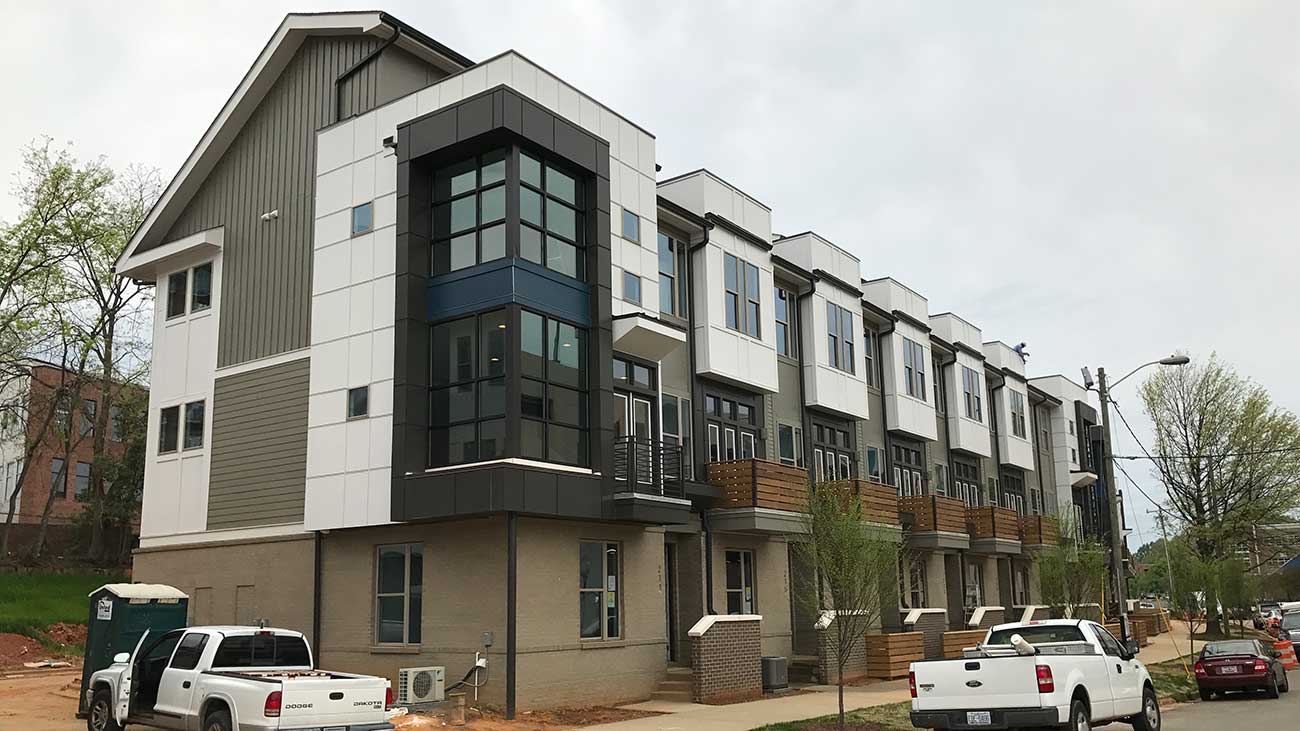

Garden Essentials
What Is An Infill Development Site
Modified: March 7, 2024
Learn about garden infill development sites, their benefits, and how they can transform unused spaces into vibrant green areas. Discover how to maximize your garden potential today!
(Many of the links in this article redirect to a specific reviewed product. Your purchase of these products through affiliate links helps to generate commission for Storables.com, at no extra cost. Learn more)
Definition of an Infill Development Site
An infill development site refers to a parcel of land located within an existing urban or suburban area that is underutilized or vacant. These sites are typically surrounded by already developed properties and are seen as valuable opportunities to maximize land use and revitalize the surrounding community. Infill development focuses on making the most efficient use of available space by adding new structures and activities to previously developed areas, rather than expanding into undeveloped or greenfield sites.
The concept of infill development is rooted in the principles of smart growth and sustainable urban planning. By redeveloping or repurposing underutilized land, infill development promotes compact, walkable communities that reduce the need for long commutes and preserve open spaces. It helps to revitalize urban cores, decrease urban sprawl, and create vibrant neighborhoods with a mix of residential, commercial, and recreational spaces.
Infill development sites come in various forms, including vacant lots, abandoned industrial buildings, outdated commercial spaces, and underused parking lots. These sites often present unique opportunities and challenges that require careful evaluation and planning before development can begin. The suitability of an infill development site depends on a variety of factors, such as its location, size, zoning regulations, existing infrastructure, and community needs.
Developers and urban planners recognize the potential of infill development to transform neglected areas into thriving communities. By reimagining and repurposing these underutilized lands, infill development projects can bring new life to neighborhoods, attract businesses, create job opportunities, and improve the overall quality of life for residents.
Moreover, infill development supports the principles of sustainability, as it utilizes existing infrastructure and reduces the need for costly infrastructure expansion. It also promotes walkability, as it often results in the creation of pedestrian-friendly spaces that encourage active transportation and reduce dependency on cars.
However, the successful execution of infill development projects requires careful consideration of various factors, including community engagement, environmental impact, economic viability, and potential gentrification. By addressing these challenges thoughtfully, developers and urban planners can ensure that infill development sites contribute positively to the overall growth and evolution of a city, while preserving the unique character of its existing neighborhoods.
Key Takeaways:
- Infill development sites are underutilized urban or suburban areas that can be transformed into vibrant communities, promoting sustainability and reducing the need for urban sprawl.
- Successful infill development projects prioritize community engagement, sustainable design, and inclusivity, shaping the future of cities with innovative, resilient, and vibrant neighborhoods.
Read more: What Is Urban Infill Development
Benefits of Infill Development Sites
Infill development sites offer numerous benefits for both communities and developers alike. By making use of underutilized land within already developed areas, these projects can have far-reaching positive impacts. Here are some key benefits of infill development sites:
- More Efficient Land Use: Infill development maximizes the use of available space within urban or suburban areas, reducing the need for urban sprawl and promoting compact, walkable communities. This helps preserve open spaces and agricultural land on the outskirts of cities.
- Revitalization of Urban Cores: Infill development projects can breathe new life into deteriorating or neglected areas within a city, revitalizing its urban core. This not only improves the aesthetics and functionality of the neighborhood but also encourages economic growth and attracts new businesses.
- Improved Infrastructure Utilization: By utilizing existing infrastructure such as roads, utilities, and public transportation systems, infill development reduces the strain on municipal services and avoids the need for costly expansion or upgrades. This can lead to significant cost savings for the city and its residents.
- Walkability and Active Transportation: Infill development often prioritizes the creation of pedestrian-friendly spaces with well-connected sidewalks, bike lanes, and public transit options. This promotes walkability and encourages residents to use active transportation methods, reducing reliance on cars and improving public health.
- Preservation of Community Character: Infill development allows for the preservation of the existing community character by enhancing and blending with the surrounding built environment. By incorporating local architectural styles and design elements, infill projects can maintain the unique identity of the neighborhood.
- Job Creation and Economic Growth: Infill development projects can stimulate economic activity by attracting businesses, creating employment opportunities, and boosting local spending. This can lead to increased property values and tax revenues for the city.
- Sustainable Development Practices: Infill development aligns with principles of sustainable development by reducing the need for greenfield development, conserving resources, and minimizing carbon emissions associated with long commutes.
It is important to note that the benefits of infill development must be balanced with careful consideration of potential challenges, such as community displacement, gentrification, and environmental impact. By addressing these challenges through thoughtful planning and community engagement, infill development projects can maximize their positive impact while ensuring the long-term well-being of the community.
Challenges of Infill Development Sites
While infill development sites present exciting opportunities for urban revitalization, they also come with their fair share of challenges. It is important for developers and urban planners to be aware of these challenges and address them appropriately. Here are some common challenges associated with infill development sites:
- Land Assembly: Infill development often requires the acquisition and consolidation of multiple smaller properties, which can be a complex and time-consuming process. Negotiating with various landowners and overcoming legal and logistical obstacles can pose significant challenges for developers.
- Site Condition and Remediation: Infill sites may have existing buildings or infrastructure that need to be demolished or renovated, while others may have contaminated soil or brownfield conditions that require remediation. These environmental issues can add significant costs and time to the development process.
- Infrastructure Limitations: Existing infrastructure in older urban areas may not be adequate to support new development, such as outdated sewer systems or insufficient parking facilities. Upgrading or expanding infrastructure can be costly and time-consuming, requiring coordination with various stakeholders and municipal authorities.
- Zoning and Regulatory Hurdles: Infill development sites must comply with local zoning regulations, building codes, and development standards. Obtaining necessary permits and approvals can be a complex and lengthy process, especially if the proposed development does not align with the existing land use plans or zoning designations.
- Community Resistance and NIMBYism: Infill development projects can face opposition from local residents who may be concerned about increased traffic, changes to the neighborhood character, or the potential displacement of low-income households. Engaging the community, addressing their concerns, and fostering open communication are crucial to mitigating resistance.
- High Development Costs: Infill development often requires higher construction costs due to factors such as site preparation, building in tight spaces, and the need for sustainable and innovative design solutions. Financing can be a challenge, particularly for smaller developers or in areas with lower market demand.
- Gentrification and Displacement: Infill development projects can lead to increased property values, which can result in the displacement of existing residents or businesses who can no longer afford to stay in the neighborhood. Balancing the need for revitalization with social equity considerations is essential to prevent community displacement and ensure inclusive development.
Addressing these challenges requires a thoughtful and collaborative approach, involving stakeholders, community members, and local government. By understanding and proactively mitigating these hurdles, infill development projects can overcome obstacles and create positive, sustainable change in existing urban areas.
Factors to Consider when Evaluating Infill Development Sites
When evaluating infill development sites, developers and urban planners must consider various factors to determine the feasibility and potential of a particular site. These factors can significantly impact the success of the project and its integration within the existing built environment. Here are some key factors to consider when evaluating infill development sites:
- Location: The location of the infill site is a crucial factor. It should be in close proximity to amenities such as schools, parks, shopping centers, and public transportation. Accessibility to major roadways and connectivity to the surrounding neighborhoods are also important considerations.
- Site Size and Shape: The size and shape of the infill site influence the type and scale of development that can be accommodated. Sites with irregular shapes or constrained dimensions may require innovative design solutions or can limit the range of potential uses.
- Zoning and Land Use: Understanding the zoning regulations and land use designations of the site is essential. Compliance with local zoning codes, building height limits, setback requirements, and use restrictions is crucial for successful development. Additionally, evaluating the compatibility of the proposed development with the surrounding land uses is important to maintain the harmony of the neighborhood.
- Infrastructure Availability: Assessing the availability and capacity of existing infrastructure, such as water, sewer, electricity, and transportation networks, is essential. Understanding any limitations or necessary upgrades can help determine the feasibility and cost of the project.
- Environmental Considerations: Evaluating the environmental condition of the site is important for both legal compliance and sustainability. Assessing potential issues such as soil contamination, flood zones, protected habitats, or archaeological significance can help identify any remediation efforts or design considerations that will be required.
- Market Demand: Understanding the market demand for the proposed development is crucial for its long-term viability. Consider factors such as housing demand, commercial space needs, and potential target demographics to ensure that the development aligns with the market demands and will attract tenants or buyers.
- Community Engagement: Involving the local community in the evaluation process is essential. Engage with community members, neighborhood associations, and local stakeholders to understand their concerns, aspirations, and expectations for the site. This helps create a sense of ownership and fosters a collaborative approach towards development.
- Economic Viability: Assessing the financial feasibility of the project is critical. Consider the cost of acquiring the site, development expenses, construction costs, and potential returns on investment. Conducting a thorough financial analysis will help determine the project’s viability and identify any financing or funding options.
By carefully evaluating these factors, developers and urban planners can make informed decisions and select infill development sites that have the potential to deliver successful and sustainable projects that enhance the surrounding community.
When considering an infill development site, it’s important to assess the existing infrastructure, zoning regulations, and community needs to ensure the project aligns with the surrounding area and maximizes its potential.
Case Studies of Successful Infill Development Projects
Examining successful infill development projects provides valuable insight into the potential benefits and strategies for transforming underutilized land into thriving communities. Here are a few notable case studies highlighting successful infill development projects:
- The High Line, New York City: The High Line is an exemplary urban revitalization project that transformed an abandoned elevated railway into a vibrant linear park in Manhattan. This innovative repurposing of infrastructure not only created a unique public space but also spurred economic growth, attracting new businesses, and revitalizing the surrounding neighborhoods.
- The Brewery, Los Angeles: The Brewery is a successful infill development project that transformed an abandoned industrial complex into a vibrant mixed-use community. By repurposing the historic buildings, the project preserved the neighborhood’s character and identity while providing affordable housing, art studios, offices, and event spaces.
- The Gulch, Nashville: The Gulch is an urban infill development project that converted a former industrial area into a trendy neighborhood characterized by mixed-use buildings, a walkable streetscape, and a vibrant social scene. The project utilized sustainable design practices and integrated green spaces, attracting residents, businesses, and visitors alike.
- The Pearl District, Portland: The Pearl District in Portland is a successful example of infill development that transformed an old warehouse district into a thriving mixed-use neighborhood. The project prioritized pedestrian-friendly streets, green spaces, and a diverse mix of residential, commercial, and cultural amenities. It has become a highly desirable neighborhood known for its sustainable design practices and vibrant urban lifestyle.
- Midtown Miami, Miami: Midtown Miami is a large-scale infill development that transformed an underutilized industrial site into a dynamic mixed-use neighborhood. The project integrated residential, retail, and office spaces, creating a walkable urban environment that caters to both residents and visitors. Its strategic location and thoughtful design have made it a prime example of successful infill development.
These case studies demonstrate that successful infill development projects are characterized by innovative design, community engagement, and a focus on creating vibrant, sustainable, and inclusive neighborhoods. By repurposing existing infrastructure, preserving the community’s character, and addressing the diverse needs of residents and businesses, infill development can unlock the hidden potential of underutilized land and contribute to the overall growth and vitality of a city.
Strategies for Maximizing the Potential of Infill Development Sites
Maximizing the potential of infill development sites requires careful planning, innovative design, and a focus on creating sustainable and vibrant communities. Here are some key strategies to consider when developing infill projects:
- Community Engagement: Engage with the local community early in the planning process to understand their needs, aspirations, and concerns. Foster open communication, involve residents, and consider their input when shaping the project. This helps build support and ensures that the development meets the needs of the community.
- Adaptive Reuse and Historic Preservation: Preserve and repurpose existing structures whenever possible to maintain the character and history of the neighborhood. Adaptive reuse not only minimizes demolition waste but also adds unique architectural elements to the new development, creating a sense of place and identity.
- Mixed-Use Development: Integrate a mix of uses such as residential, commercial, retail, and recreational spaces within the project. This creates a vibrant and walkable community where residents have easy access to daily amenities, jobs, and leisure activities. Mixing uses also promotes social interaction and reduces the need for long commutes.
- Smart and Sustainable Design: Incorporate sustainable design practices that minimize the project’s environmental impact and promote energy efficiency. This can include green building techniques, renewable energy sources, water conservation measures, and incorporation of green spaces. Implement smart technologies to enhance the efficiency and livability of the development.
- Transportation and Connectivity: Prioritize active transportation options such as pedestrian and cycling infrastructure to encourage walkability and reduce car dependency. Improve access to public transportation, and consider the integration of micro-mobility solutions. Fostering connectivity within the neighborhood and with surrounding areas enhances the overall accessibility and desirability of the development.
- Placemaking and Public Spaces: Create inviting and well-designed public spaces that serve as gathering places for residents. Incorporate parks, plazas, community gardens, and public art to enhance the sense of place and community identity. These spaces can foster social interaction and contribute to the overall livability of the development.
- Affordable Housing: Include affordable housing options within the development to promote a diverse and inclusive community. Implement housing policies or incentives to ensure that a range of income levels can afford to live in the infill development. This helps prevent displacement and promotes social equity.
- Stakeholder Collaboration: Collaborate with various stakeholders, including local government, businesses, non-profit organizations, and community groups. Foster partnerships to leverage resources, expertise, and funding opportunities. This collaborative approach can enhance the project’s impact and sustainability.
By employing these strategies, developers can maximize the potential of infill development sites, creating vibrant, sustainable, and inclusive communities that enhance the quality of life for residents.
Regulatory Considerations for Infill Development Sites
When undertaking infill development projects, developers must navigate a range of regulatory considerations to ensure compliance with local laws and regulations. Understanding and addressing these considerations is crucial to the successful implementation of the project. Here are some key regulatory factors to consider when developing infill sites:
- Zoning and Land Use: Familiarize yourself with the zoning regulations and land use designations specific to the site. Understand the permitted uses, density restrictions, setbacks, and building height limitations. Compliance with these regulations is essential to secure the necessary permits and approvals for the development.
- Building Codes and Permitting: Obtain the required building permits and ensure that the development adheres to building and construction codes. These codes dictate standards for structural integrity, fire safety, accessibility, energy efficiency, and other aspects of the project. Engage with local building authorities and inspectors throughout the construction process.
- Environmental Regulations: Consider and address any environmental regulations and requirements applicable to the infill site. This could include assessments for soil contamination, environmental impact studies, stormwater management, and preservation of natural habitats. Ensure compliance with local, state, and federal environmental regulations to minimize the project’s environmental impact.
- Historic Preservation and Cultural Heritage: If the site includes historic structures or is located within a designated historic district, consult with the appropriate agencies regarding preservation guidelines and requirements. Consider how the project can respect and enhance the historic character of the area while still meeting contemporary design and functionality needs.
- Traffic and Transportation: Evaluate the impact of the development on traffic flows and transportation infrastructure. Address any required improvements to roadways, intersections, or public transportation systems to accommodate increased demand. Consider the provision of bike lanes, pedestrian-friendly sidewalks, and accessibility for all users.
- Parking Requirements: Determine the parking requirements for the development based on local regulations and anticipated demand. Consider alternative transportation options, such as public transit accessibility and bike-sharing programs, to reduce parking needs. Explore opportunities for shared parking arrangements or off-site parking solutions if on-site parking is limited.
- Utilities and Infrastructure: Assess the capacity and availability of utilities such as water, sewer, electricity, and telecommunications. Ensure that the development integrates with existing infrastructure or plan for necessary upgrades to support increased demand. Coordinate with utility providers to understand any feasibility or capacity constraints.
- Community Engagement and Planning Processes: Engage with the local community and involve stakeholders in the planning and design process. Seek public input and address concerns through public meetings, workshops, and open houses. Incorporate community feedback into the development plans to foster support and generate positive outcomes.
- Affordable Housing Policies: Understand any affordable housing requirements or incentives applicable to the infill development. Some jurisdictions may require a certain percentage of units to be affordable or offer density bonuses or financial incentives for incorporating affordable housing. Comply with local affordable housing policies to promote social equity and inclusivity.
Compliance with these regulatory considerations ensures the responsible and sustainable development of infill sites while fostering positive relationships with local authorities and the surrounding community. Consulting with relevant professionals, such as land use attorneys, architects, and planners, can help navigate these regulatory requirements effectively.
Future Trends in Infill Development
Infill development continues to be a vital strategy for creating sustainable and vibrant communities in urban and suburban areas. As cities evolve and new opportunities emerge, several future trends are expected to shape the landscape of infill development. Here are some key trends to watch:
- Green and Sustainable Design: The emphasis on sustainability will continue to drive infill development. Developers will focus on incorporating green building practices, renewable energy systems, efficient use of resources, and sustainable transportation options. Design strategies like green roofs, urban agriculture, and rainwater harvesting will become more prevalent, promoting environmental stewardship and resilience.
- Smart Cities and Technology Integration: The rise of smart city technologies and the Internet of Things (IoT) will have a significant impact on infill development. Projects will integrate technology-driven solutions, such as smart lighting, connected infrastructure, and data-driven urban planning, to enhance connectivity, efficiency, and livability. Smart mobility and transportation systems, including electric vehicle charging infrastructure and mobility-sharing platforms, will become more integrated into infill developments.
- Health and Well-being: Future infill development will prioritize the health and well-being of residents and communities. Projects will incorporate wellness features such as fitness facilities, walkability, access to green spaces, and health-focused amenities. Design elements that promote mental and physical well-being, including biophilic design principles and nature-inspired spaces, will play a larger role in infill developments.
- Urban Resilience and Climate Adaptation: In response to climate change, infill development will increasingly focus on enhancing urban resilience. Sustainable stormwater management strategies, flood mitigation measures, and resilient building design will be incorporated to address the challenges of rising sea levels, extreme weather events, and heat island effects. Emphasis will be placed on creating adaptable spaces that can withstand and recover from climate-related impacts.
- Affordable and Inclusive Housing: The need for affordable and inclusive housing will continue to drive infill development. Municipalities will encourage or mandate the inclusion of affordable and workforce housing within infill projects to address housing affordability challenges. Creative housing solutions, such as micro-units, co-living spaces, and accessory dwelling units, will become more prevalent to accommodate diverse housing needs.
- Placemaking and Community-focused Development: Future infill development will prioritize placemaking and community engagement. There will be a greater emphasis on creating vibrant public spaces, community gathering areas, and cultural destinations within developments. Projects will incorporate elements that encourage social interaction, foster a sense of belonging, and promote local art, culture, and events.
- Flexible and Adaptive Reuse: As the needs of communities evolve, infill projects will adopt flexible design approaches to accommodate changing uses. Adaptive reuse of existing structures and modular construction techniques will allow for the repurposing and adaptation of spaces over time. This will enable projects to respond to shifting market demands and community needs, enhancing long-term sustainability.
- Equitable Development: Future infill development will prioritize equity and social justice, aiming to create inclusive communities. This involves addressing issues of displacement, providing affordable housing options, and promoting economic opportunity for all residents. Measures to minimize gentrification and promote equitable access to amenities and services will be integrated into the planning and design of infill projects.
These trends reflect the evolving priorities of society, aiming to create sustainable, resilient, and inclusive communities within existing urban and suburban areas. By embracing these trends, infill development can play a vital role in shaping the future of cities, fostering livability, and mitigating environmental and social challenges.
Frequently Asked Questions about What Is An Infill Development Site
Was this page helpful?
At Storables.com, we guarantee accurate and reliable information. Our content, validated by Expert Board Contributors, is crafted following stringent Editorial Policies. We're committed to providing you with well-researched, expert-backed insights for all your informational needs.
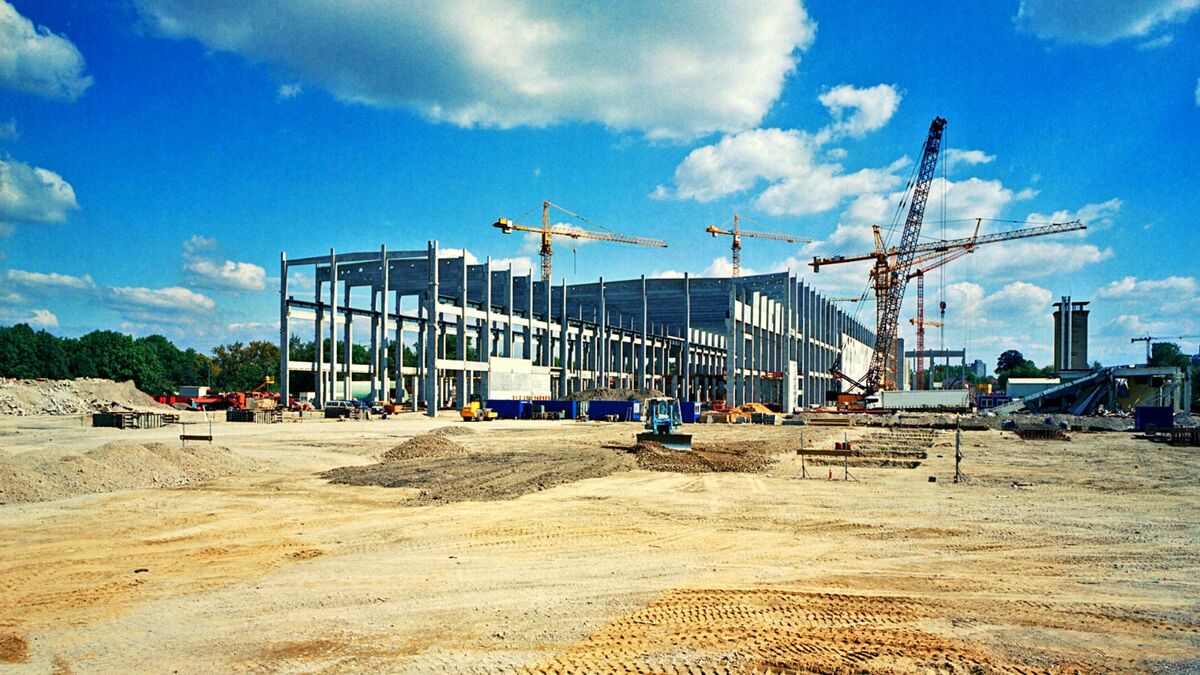
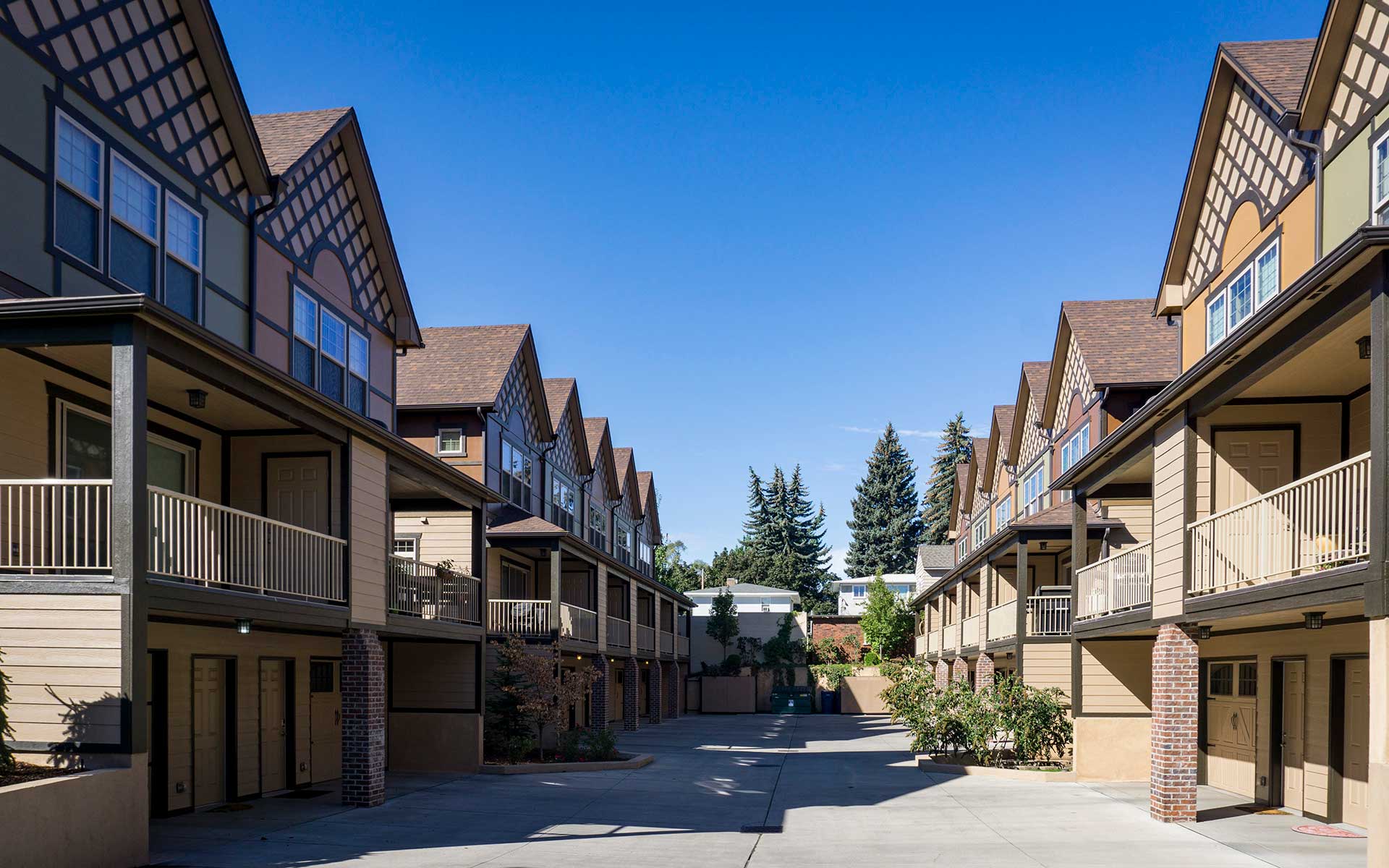
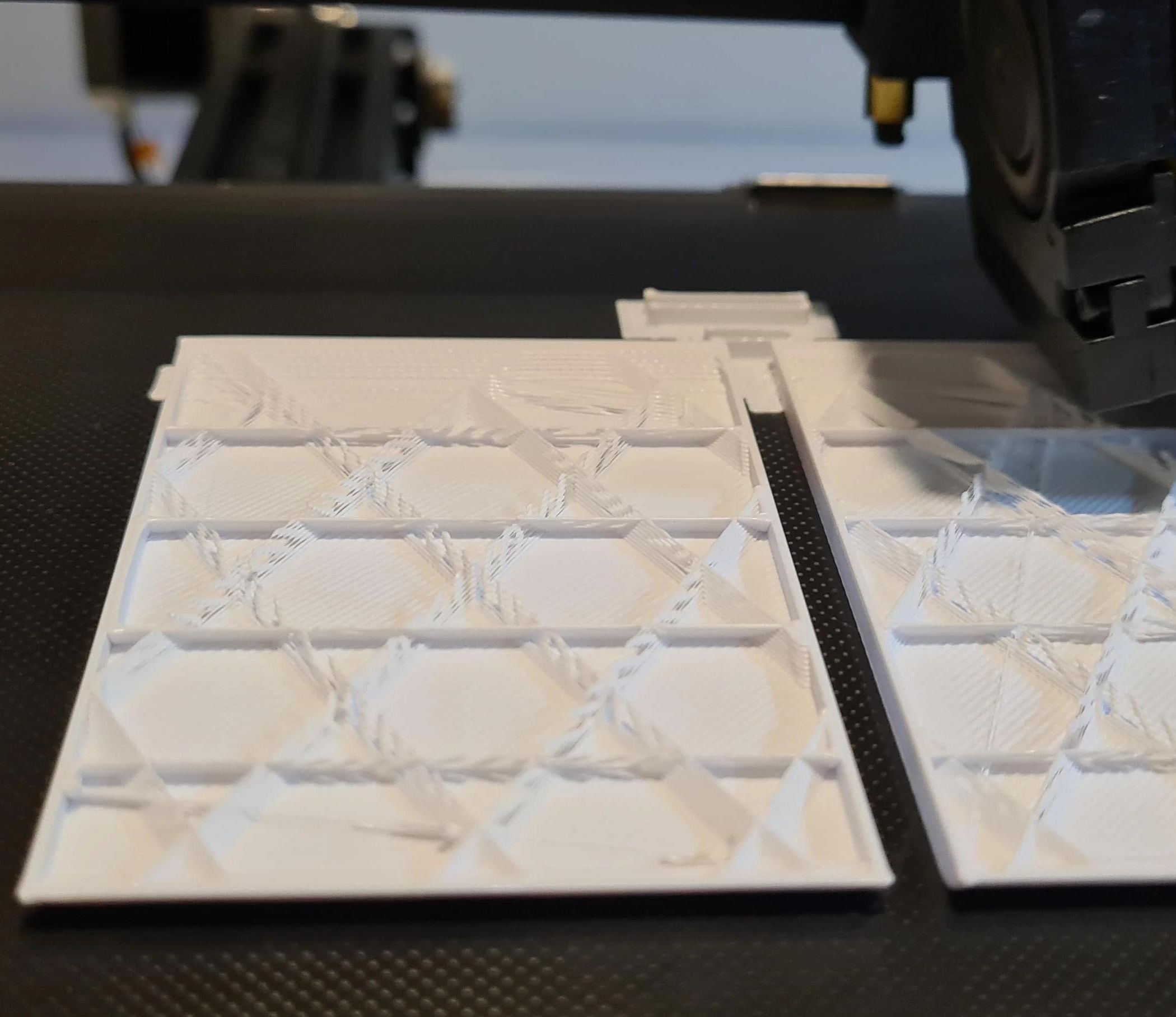
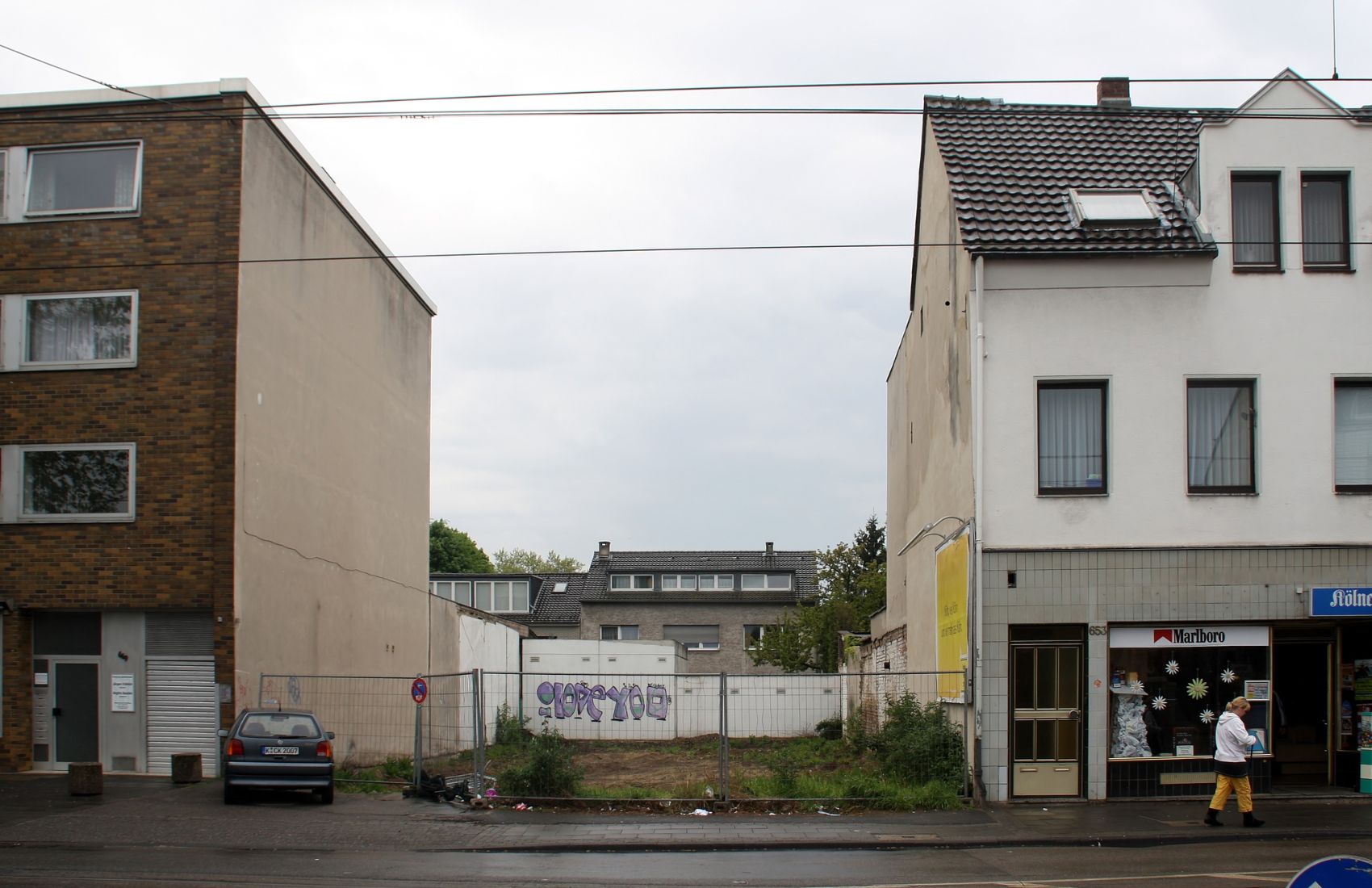
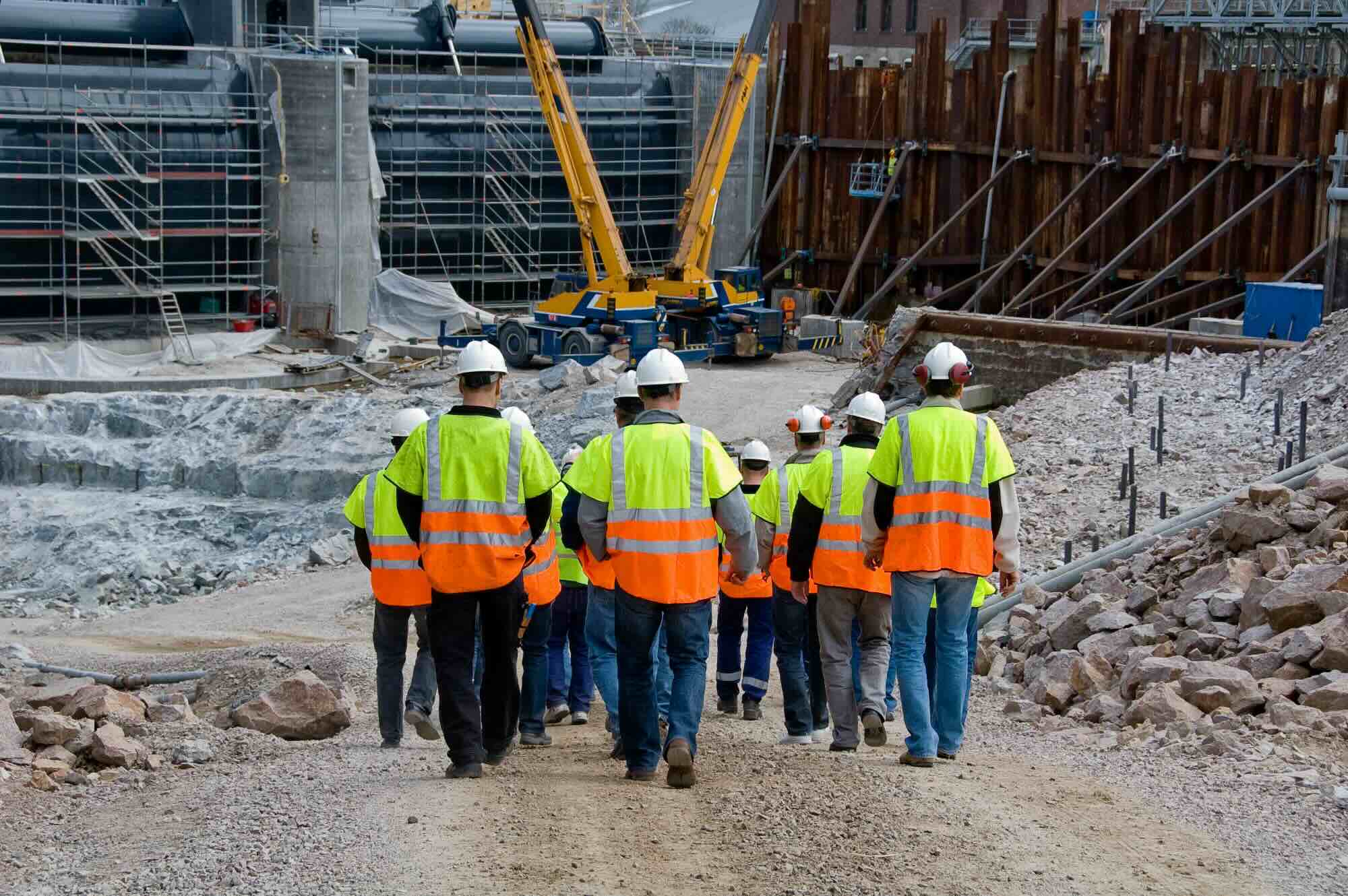
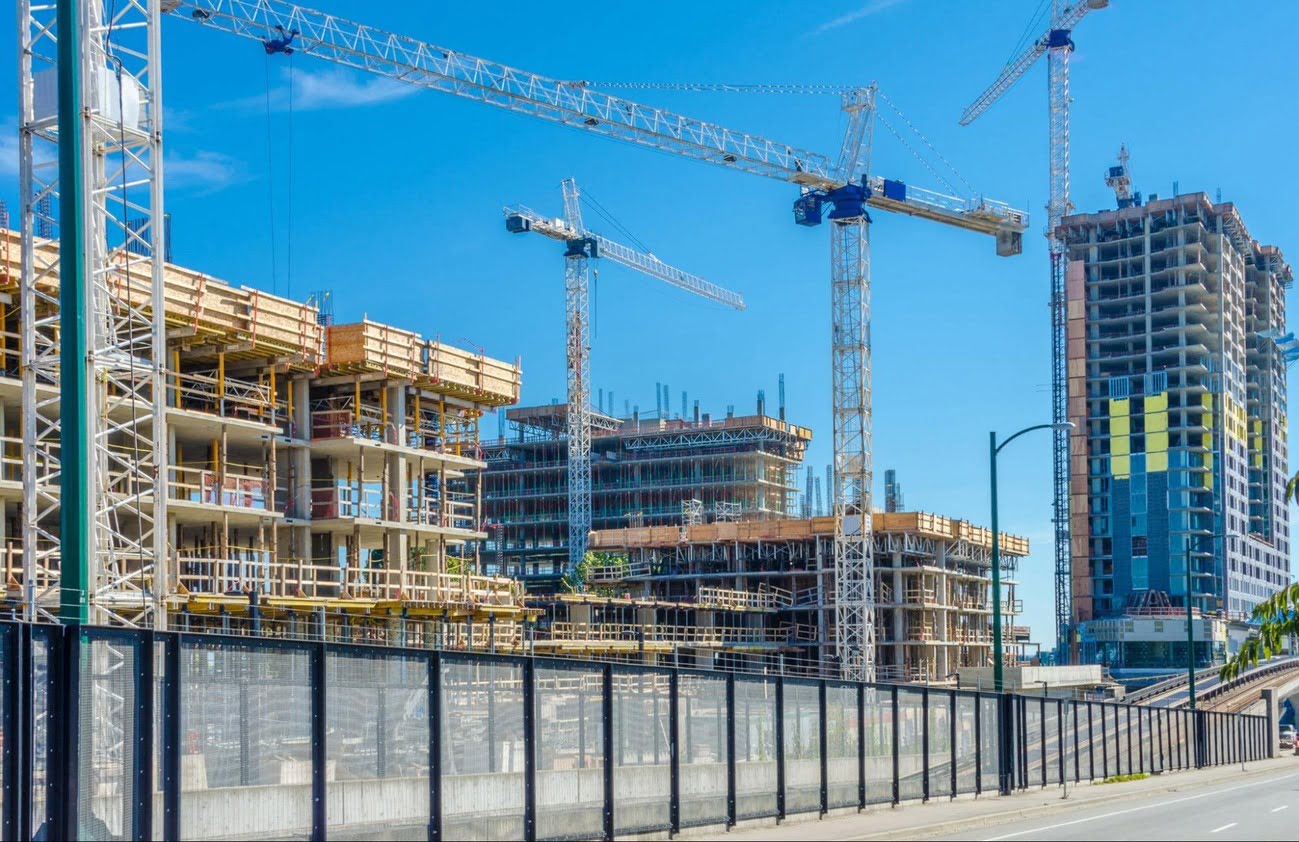
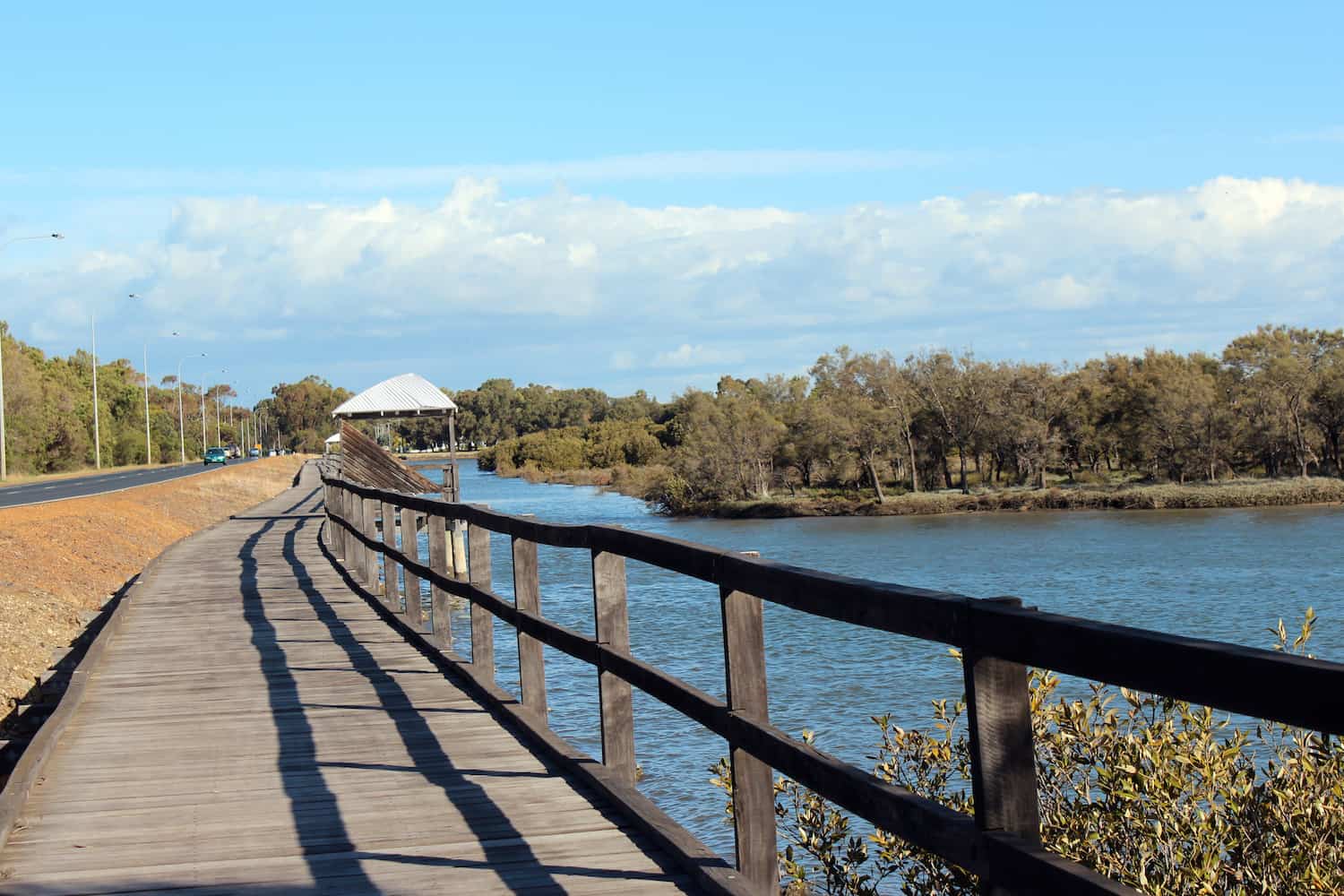
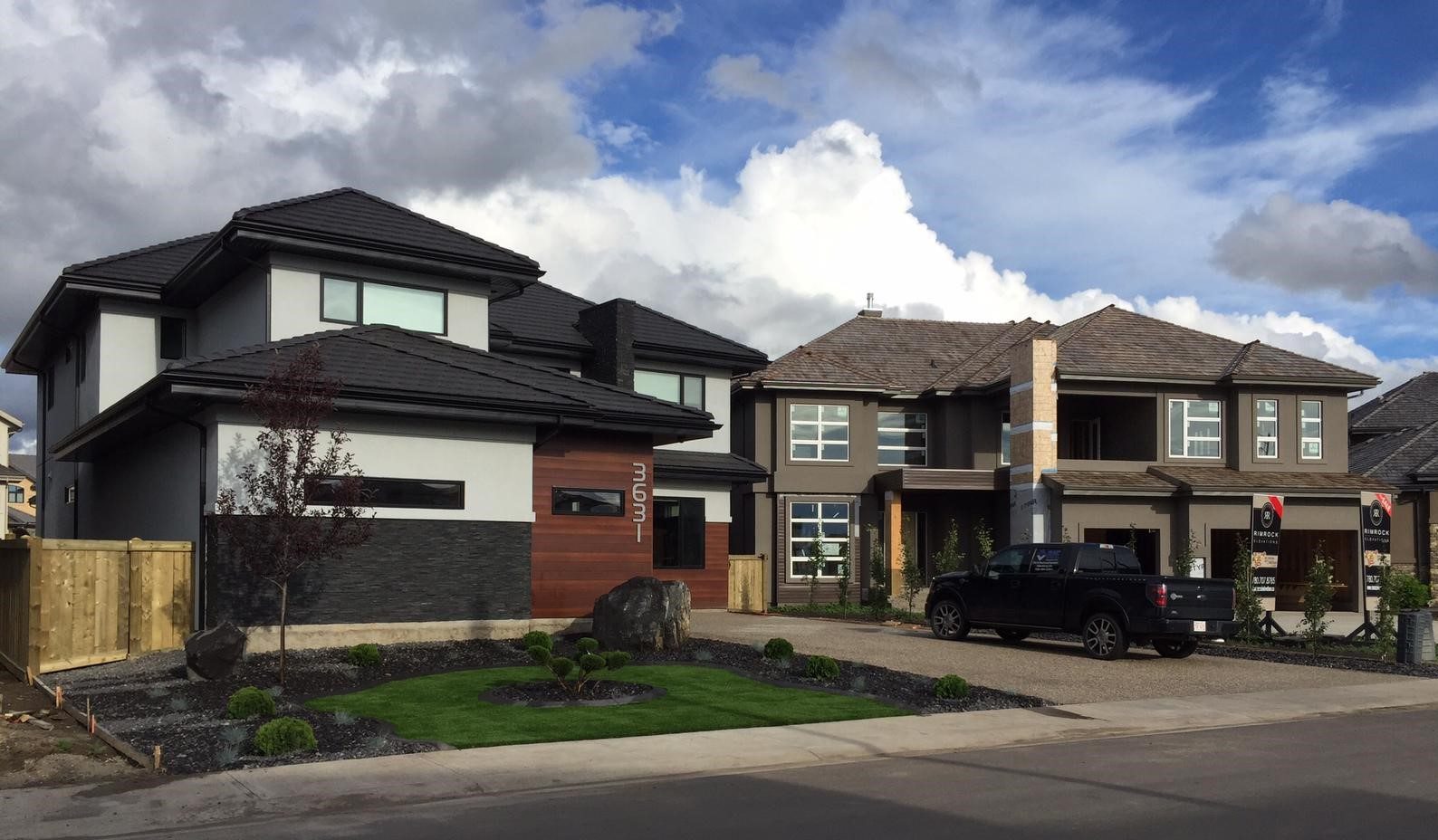
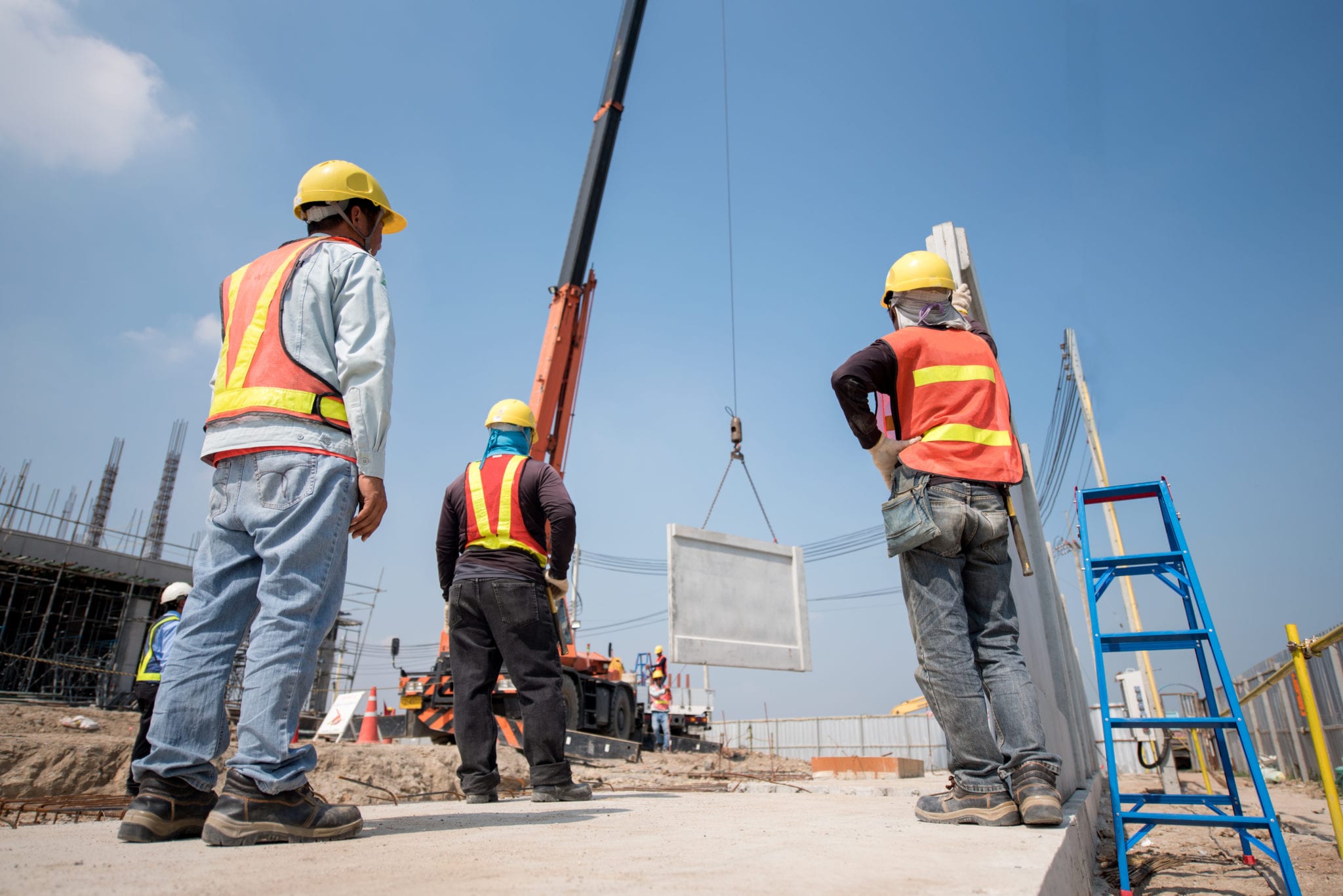
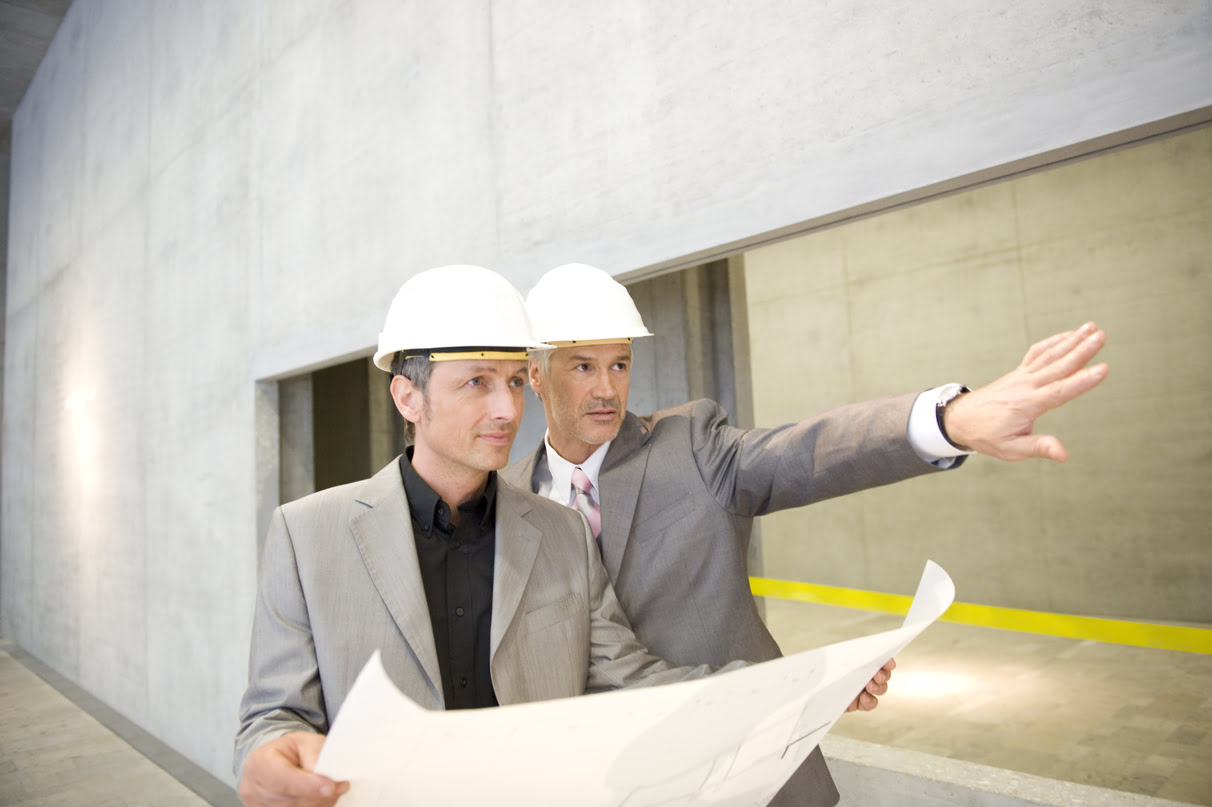

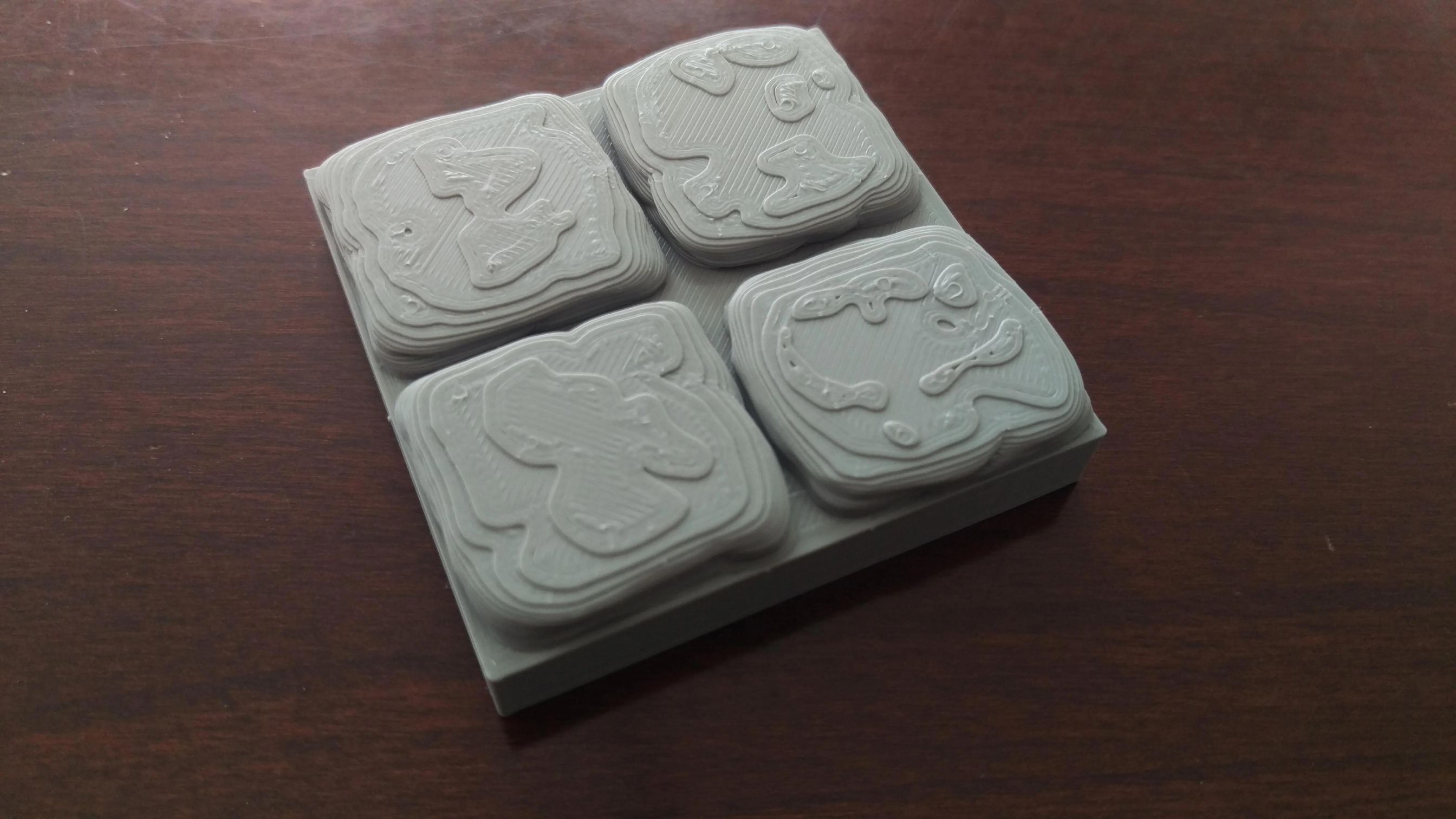
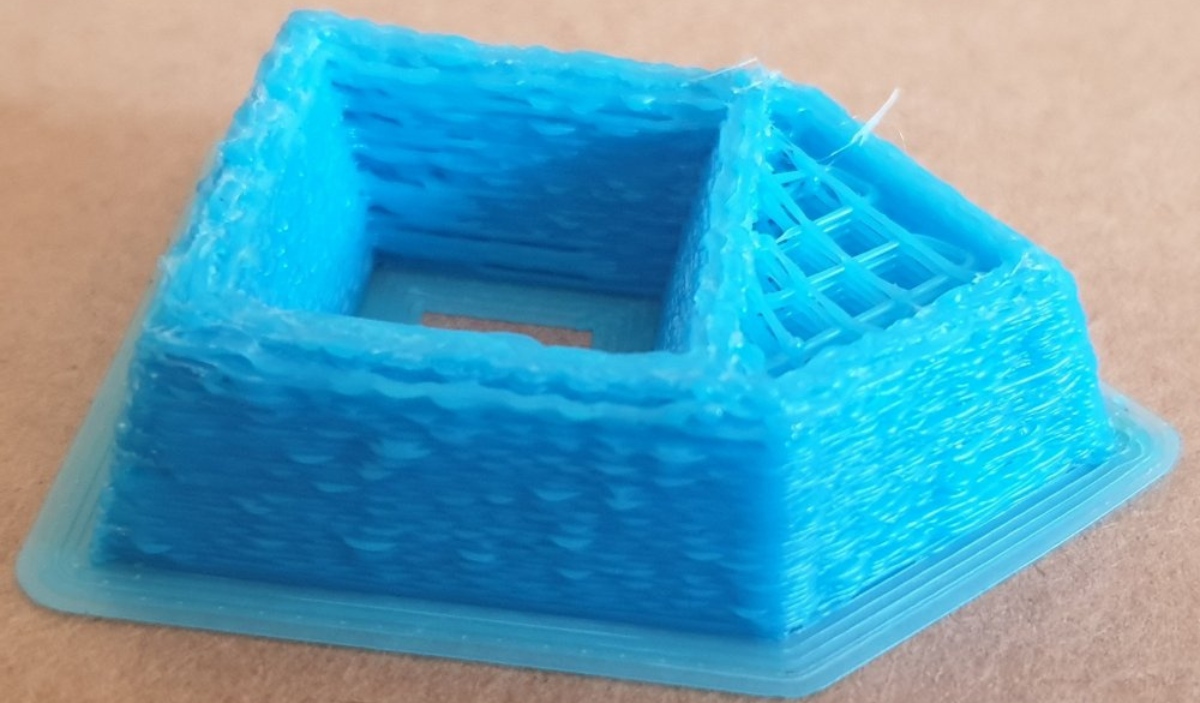
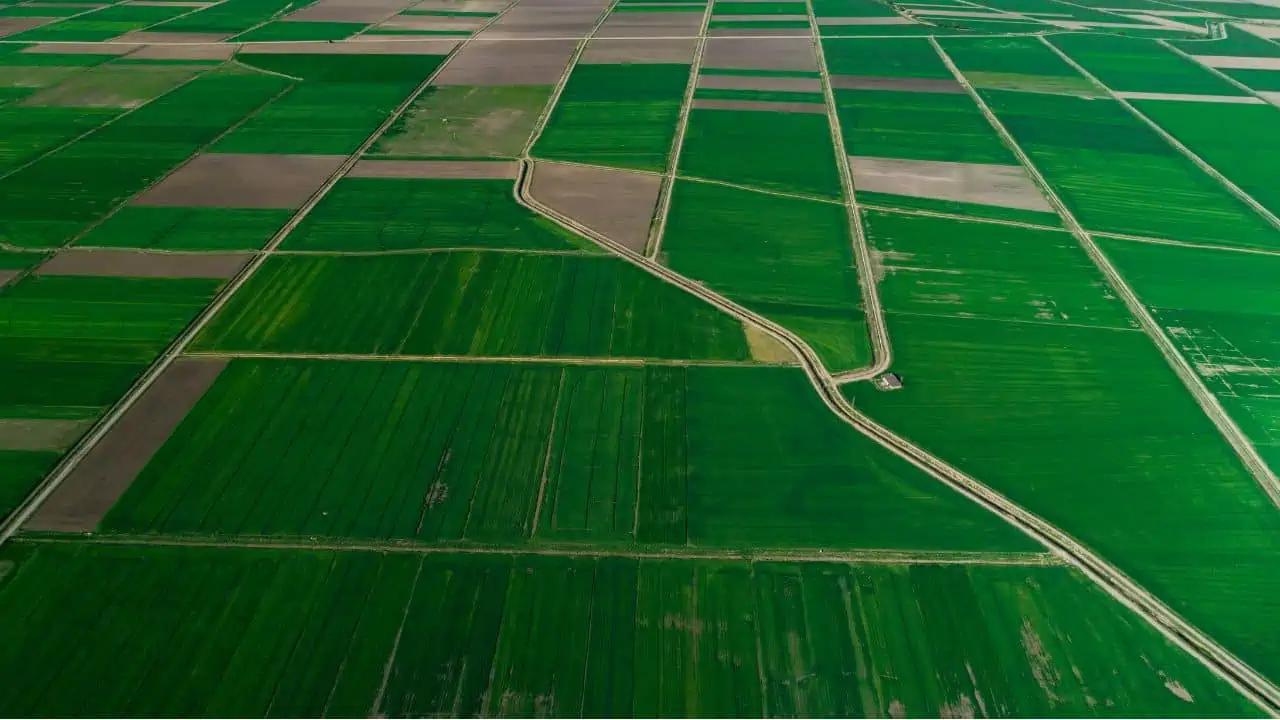

0 thoughts on “What Is An Infill Development Site”